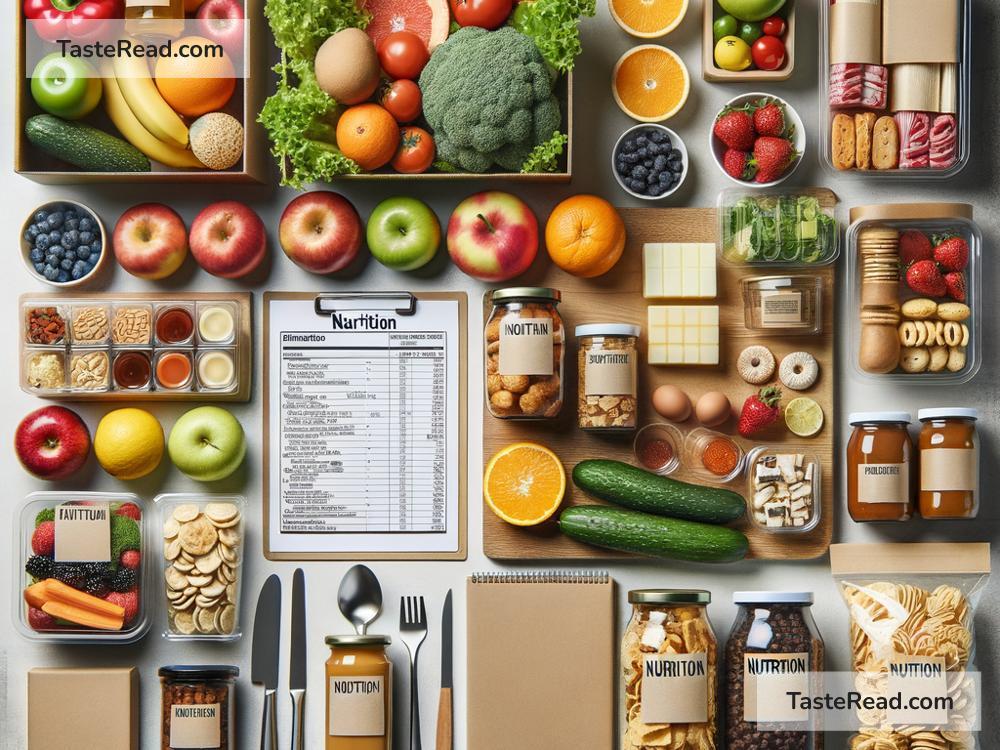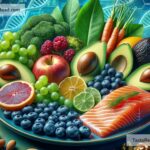The Impact of Food Packaging on Nutrition
When you go grocery shopping, have you ever stopped to think about the packaging that your food comes in? From brightly colored cereal boxes to shiny chip bags, food packaging is everywhere. While it’s easy to focus on what’s inside, the packaging itself plays a big role in the nutritional value of what we eat. In this article, we’ll explore how food packaging can affect nutrition and what you can do to make healthier choices.
Food Packaging: More Than Just a Container
Food packaging does more than hold food. It’s designed to protect food, keep it fresh, and make it easy to transport. Packaging also helps show important information, like nutrition facts, ingredients, and expiration dates.
But packaging has a bigger impact than you might think. It can influence the food’s shelf life, safety, and even how much nutritional value it has when you finally eat it. Some packaging keeps food fresher longer, while others might harm the food’s quality. Let’s dive deeper into how this works.
Packaging Materials and Nutrition
Food packaging comes in many forms, including plastic, glass, metal, and paper. The type of material used can impact the nutritional quality of the food.
-
Plastic: Plastic is one of the most common packaging materials. It’s lightweight, cheap, and easy to shape. But some types of plastic may contain chemicals like BPA (bisphenol A), which can seep into food. Studies suggest that BPA and similar chemicals may affect hormones in the body. While the impact is small, it’s something to think about, especially for canned foods or foods stored in plastic containers for a long time.
-
Glass: Glass is a great packaging option because it’s non-reactive, meaning it won’t interact with its contents. This makes it ideal for storing foods like baby food, sauces, and jams. Glass ensures that the food’s nutritional content remains unchanged. Plus, it’s environmentally friendly.
-
Metal: Metal cans are widely used for things like soups, beans, and drinks. They’re durable and keep food fresh for a long time. However, just like plastic, some cans may have a BPA lining, which can impact the food inside. Also, cooking food in cheap metal containers can cause small amounts of metal to mix into your food.
-
Paper and Cardboard: Paper and cardboard are popular materials for dry goods like pasta, cereal, and frozen food boxes. They have minimal impact on nutrition but usually aren’t used for wet or oily foods because they can absorb moisture.
Preserving Nutritional Value
One key goal of food packaging is to preserve nutrients for longer periods. Fresh food is full of vitamins and minerals, but over time, exposure to air, moisture, and light can cause nutrients to break down.
For example, vitamin C in fruits and vegetables is particularly sensitive to light. Packaging like aluminum or opaque glass can prevent light exposure and preserve nutrients better than clear plastic or thin wraps. Foods that need careful storage, such as milk, tomato juice, or oils, also benefit from proper packaging.
However, some packaging techniques, like vacuum-sealing, may have an additional benefit. Vacuum-sealing removes air and limits the growth of bacteria, which can keep food fresh and prevent the loss of nutrients.
Processed Foods and Hidden Sugars
Food packaging doesn’t just protect food; it also markets it. Companies use flashy designs and tempting images to grab your attention, but they don’t always tell the whole story.
Many processed foods are packaged to look healthy, even if they’re not. Labels may use words like “low fat” or “high protein,” but these foods often include added sugars or chemicals to improve taste or extend shelf life. For example, a fruit-flavored yogurt may look nutritious, but if you check the label, you might find it’s full of extra sugar.
This marketing approach can trick people into buying products that seem healthy but aren’t. That’s why it’s so important to read the nutrition label and ingredients list, even if the packaging says the food is good for you.
How Packaging Can Encourage Overeating
Packaging can also influence how much we eat. Studies have shown that larger packages make people more likely to eat bigger portions. For example, if you buy a large family-size bag of chips, you might eat more than you would if you bought a smaller, single-serving bag.
In contrast, smaller packages can help with portion control. Pre-portioned foods like snack packs are designed to encourage eating smaller amounts, making it easier to stick to a balanced diet.
Making Healthier Choices
Understanding the impact of food packaging on nutrition can help you make better food choices. Here are some simple tips:
- Check the Label: Always read the nutrition facts and ingredients list before buying packaged food.
- Choose Safer Materials: Look for glass or BPA-free containers if possible.
- Buy Fresh When You Can: Fresh, unpackaged food often retains more nutrients than processed or canned alternatives.
- Be Portion-Conscious: Avoid buying jumbo-sized packages of unhealthy snacks.
- Recycle Packaging: Environmentally friendly choices, like reusable containers, help reduce waste and long-term health hazards.
Conclusion
Food packaging does more than just keep food fresh; it directly impacts the nutritional value, safety, and even how much we eat. By being aware of the materials used, reading labels carefully, and making smart choices, you can enjoy better nutrition and a healthier food experience. Remember, what’s inside the box is important, but what’s outside the box matters, too!


